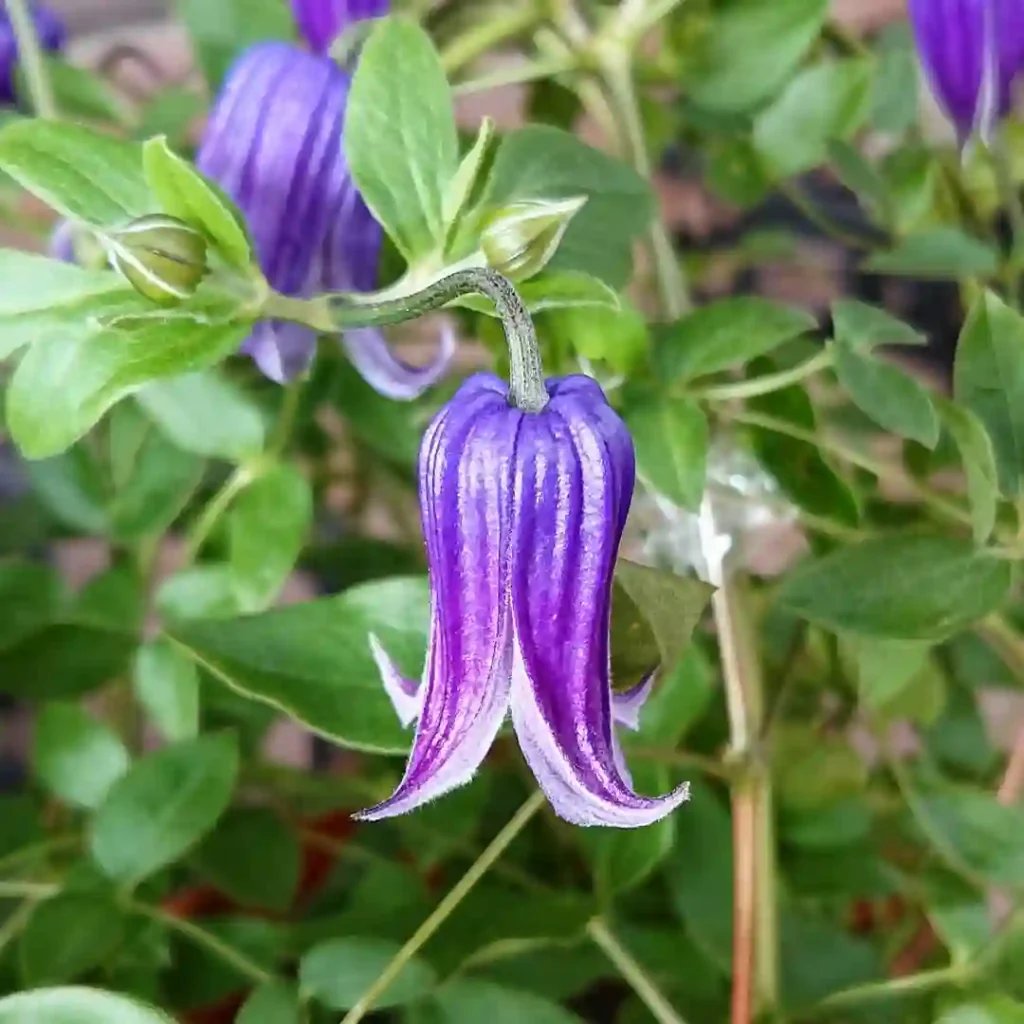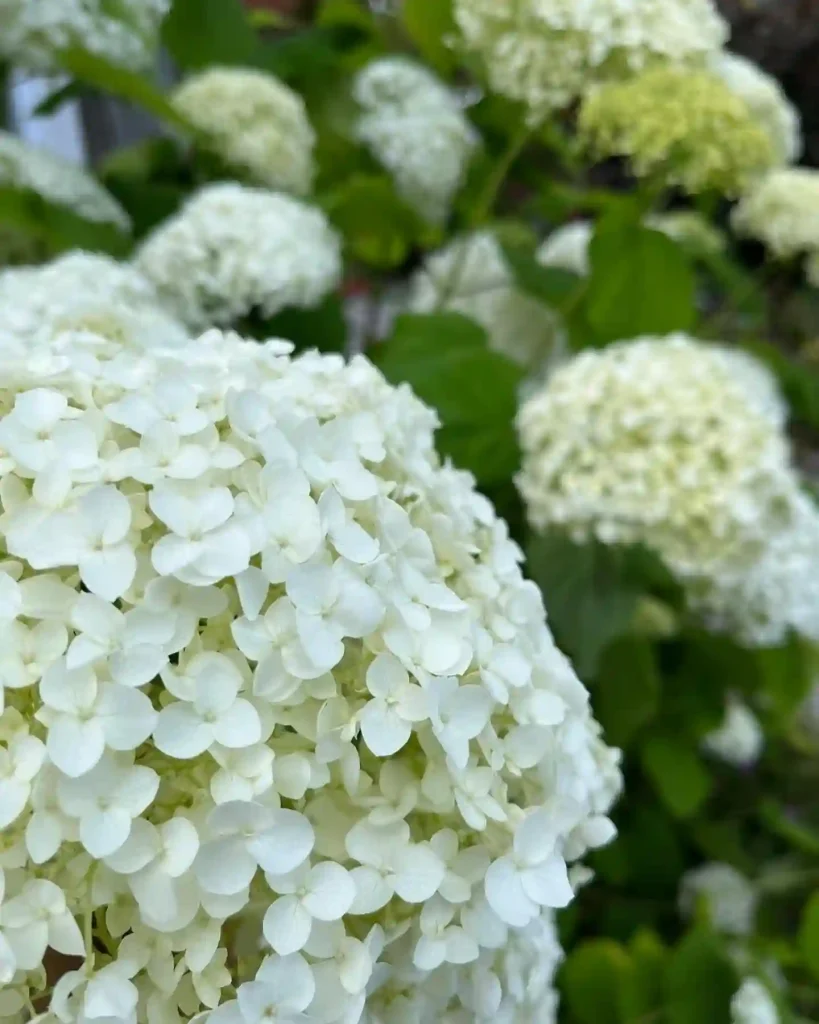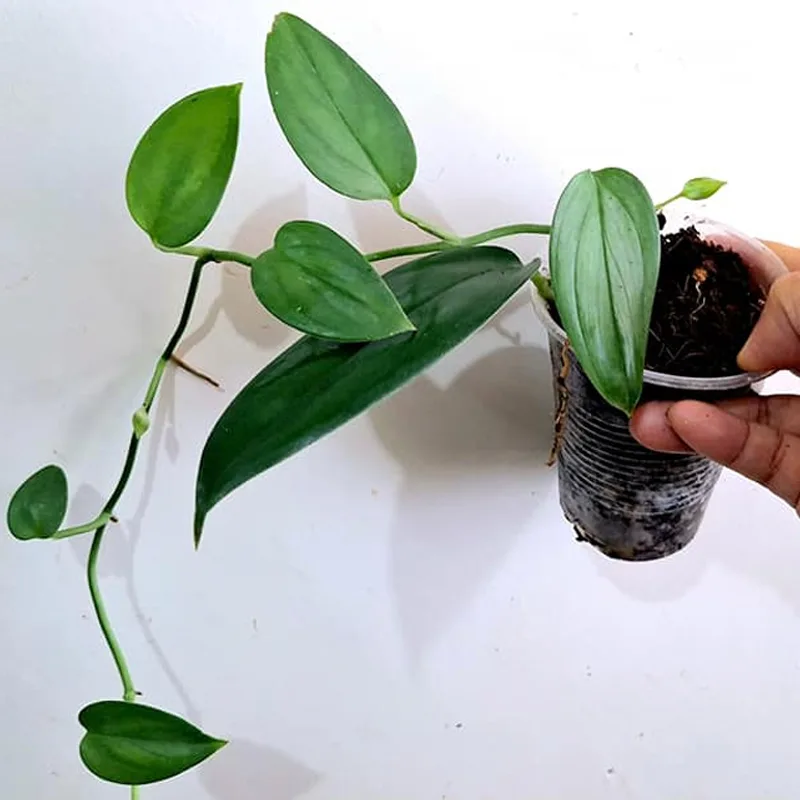Unveiling the Picrodendraceae: My Journey into a Botanical Enigma
As a botany enthusiast, I’m constantly drawn to the lesser-known corners of the plant kingdom. Recently, my curiosity led me to delve into the fascinating world of the Picrodendraceae family. This group of flowering plants, though relatively small, boasts a unique set of characteristics that make it a captivating subject of study.
A Diverse Family with a Shared History
The Picrodendraceae family comprises approximately 25 genera and around 130 species. These plants are primarily found in tropical and subtropical regions, with a particular concentration in the Americas, Africa, and Madagascar. Despite their geographic spread, they share a common evolutionary history, evidenced by their distinctive floral structures and unique chemical compounds.
Notable Genera: A Glimpse into the Family’s Richness
Let’s take a closer look at some of the notable genera within the Picrodendraceae family:
- Picrodendron: This genus, from which the family derives its name, is known for its spiny shrubs and trees.
- Androstachys: This genus comprises dioecious trees with simple leaves and small, unisexual flowers.
- Aristogeitonia: This genus includes shrubs and trees with alternate leaves and small, greenish flowers.
- Austrobuxus: This genus is characterized by its evergreen shrubs and trees with leathery leaves and small, inconspicuous flowers.
- Choriceras: This genus is known for its monoecious trees with simple, alternate leaves and small, unisexual flowers.
- Dissiliaria: This genus includes shrubs and trees with alternate leaves and small, greenish-yellow flowers.
- Hyaenanche: This genus comprises evergreen shrubs or small trees with simple, leathery leaves and small, unisexual flowers.
- Kairothamnus: This genus is characterized by its dioecious shrubs or small trees with simple, alternate leaves and small, unisexual flowers.
- Longetia: This genus includes shrubs and trees with alternate leaves and small, greenish flowers.
- Micrantheum: This genus is known for its heath-like shrubs with small, needle-like leaves and tiny, unisexual flowers.
- Mischodon: This genus comprises evergreen trees with simple, alternate leaves and small, unisexual flowers.
- Neoroepera: This genus is characterized by its dioecious trees or shrubs with simple, alternate leaves and small, unisexual flowers.
- Oldfieldia: This genus includes deciduous trees with large, palmately lobed leaves and small, unisexual flowers.
- Parodiodendron: This genus comprises evergreen trees with simple, alternate leaves and small, unisexual flowers.
- Petalostigma: This genus is known for its evergreen trees or shrubs with simple, alternate leaves and small, unisexual flowers.
- Piranhea: This genus is characterized by its dioecious trees with simple, alternate leaves and small, unisexual flowers.
- Podocalyx: This genus comprises evergreen trees or shrubs with simple, alternate leaves and small, unisexual flowers.
- Pseudanthus: This genus includes heath-like shrubs with small, needle-like leaves and tiny, unisexual flowers.
- Sankowskya: This genus is known for its dioecious trees with simple, alternate leaves and small, unisexual flowers.
- Scagea: This genus comprises shrubs and trees with alternate leaves and small, greenish flowers.
- Stachyandra: This genus is characterized by its dioecious shrubs or small trees with simple, alternate leaves and small, unisexual flowers.
- Tetracoccus: This genus includes evergreen shrubs with small, leathery leaves and tiny, unisexual flowers.
- Voatamalo: This genus is known for its dioecious trees with simple, alternate leaves and small, unisexual flowers.
- Whyanbeelia: This genus comprises shrubs or small trees with alternate leaves and small, greenish flowers.
- Stachystemon
Unique Features and Ecological Significance
The Picrodendraceae family exhibits several unique features that set it apart from other plant groups. These include their specialized floral structures, which often lack petals and are adapted for wind or insect pollination. Additionally, many members of this family produce unique chemical compounds, some of which have potential medicinal or industrial applications.
Ecologically, the Picrodendraceae play a vital role in their respective habitats. They provide food and shelter for a variety of animals, and their roots help to stabilize the soil and prevent erosion. Furthermore, some species are known to form symbiotic relationships with fungi, which aid in nutrient uptake.
Conclusion: A Family Worth Exploring
My exploration of the Picrodendraceae family has been a rewarding experience. It has opened my eyes to the incredible diversity and complexity of the plant world, and it has deepened my appreciation for the often-overlooked role that these plants play in our ecosystems.
I encourage fellow botany enthusiasts to delve into the fascinating world of the Picrodendraceae. Whether you’re interested in their unique floral structures, their ecological significance, or their potential applications, there’s something for everyone to discover in this remarkable family of plants.
If i die, water my plants!



